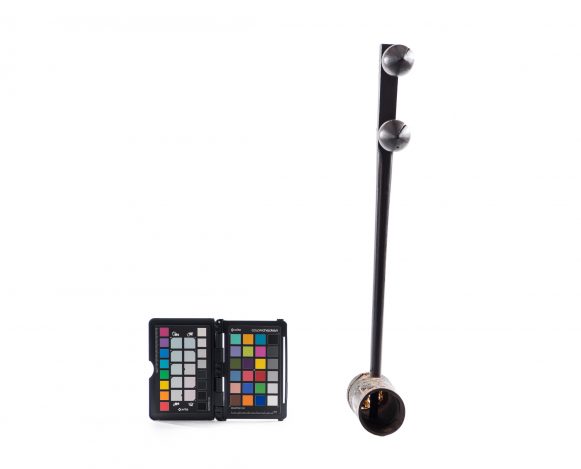




The instrument has a cylindrical, hollow resonance box, made of bamboo. The soundboard is made of boa skin. The neck is a sort of stick that goes across the cylindrical resonance box. On the upper end of the neck, there are two tuning pegs, a nut made of pita (braid made of the leaves of the American aloe plant). The strings follow the tuning pegs and pass above a very small bridge. The instrument has two strings made of boa gut. These strings are tuned in fifths. In order to play, the musician rests the instrument on the left leg and plays the strings with a bow, passing the horsehair on the back part of the strings, the left hand performs the fingering. The Museum’s specimen does not have a bow, nor a nut or bridge. The resonance box, tuning pegs and soundboard are slightly damaged.
In Thai the instrument is called saw duang. The word saw is a generic term for the rabecas of Thailand. Some Thai musicians say that the so duang originated from a small bamboo made trap for animals (duang), but it is more likely that the instrument came from China, since the so duang looks like the Chinese instruments of the Huqin family. In the past, the resonance box was made of bamboo, but now it is made of wood or ivory. The Museum’s specimen is made of bamboo, which shows that it is probably an older instrument.
BERKLEY, 2009
BETHENCOURT; BORDAS; CANO; CARVAJAL; SOUZA; DIAS; LUENGO; PALACIUS; PIQUER, ROCHA, RODRIGUEZ; RUBIALES; RUIZ, 2012.
BRAGA, 1973.
BRANDÃO, 2013.
CARVALHO, 1905.
GROVE MUSIC ONLINE, 2014.
MIMO, 2014.
ROLLA, 1974.
SOARES, 1990.
YOUTUBE, 2014.






